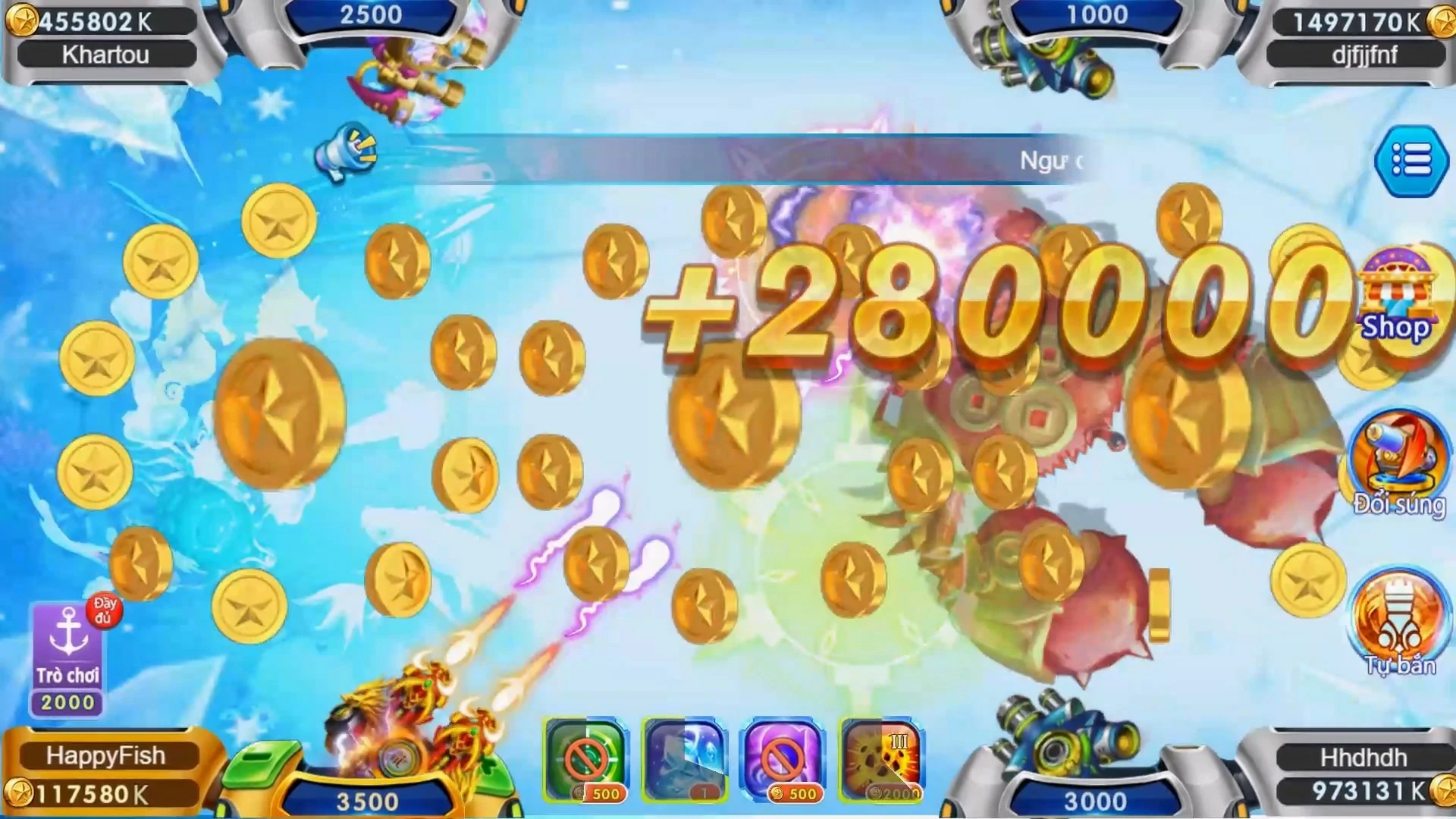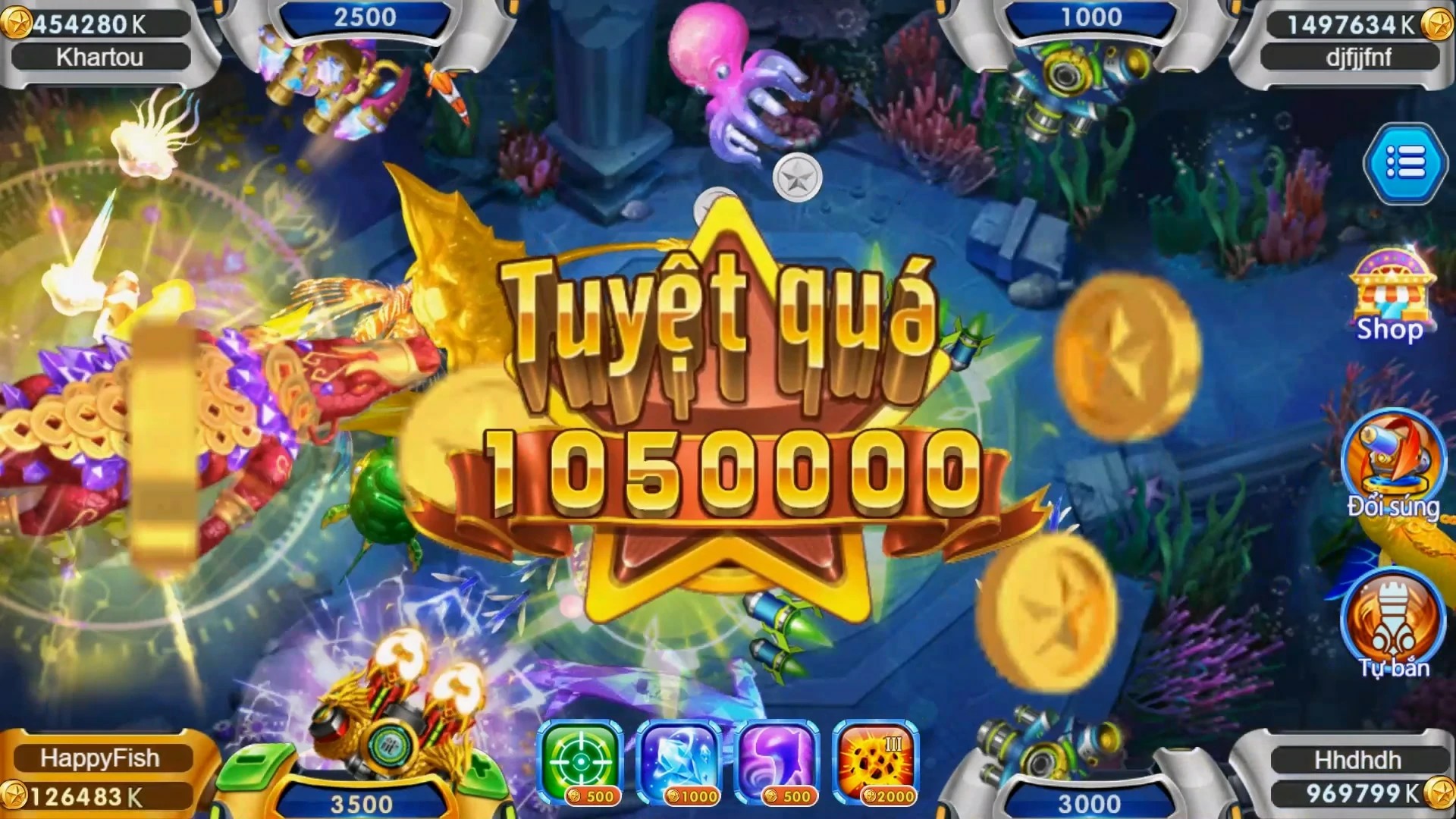Beyond Solitude: How Indie Developers Are Breathing New Life into Multiplayer Online Games
In an era where mainstream titles often dominate online play with their flashy visuals and billion-dollar marketing budgets, a quieter revolution has been brewing in the indie games space. The rise of multiplayer indie games is not just about new developers joining the market — it's a transformation of how games are created, distributed, and experienced online. With creative freedom, tighter development loops, and deeper community interactions, indies have begun redefining what it means to connect through gaming.
So, why are indie games — particularly those focused on multiplayer experiences — capturing attention? Is it just nostalgia-fueled charm or do they truly offer something mainstream games can't? Let’s dig in.
| Metric | Multiplayer Indie Games | Mainstream AAA Releases |
|---|---|---|
| Average Development Budget | Below $500K | Over $50M |
| Team Size | Under 10 team members | Several hundreds |
| Focus of Design | Mechanical originality, small-scale innovation | Maturity-driven monetization, live service models |
| Community Interaction | Active creator participation | CMS-driven updates and responses |
A Different Flavor: How Multiplayer Indies Stand Out
One of the major differentiators between mainstream titles and indie projects is **innovation**. When you strip away the budgetary pressure that AAA studios feel toward maximizing profit, indies are free (and sometimes compelled) to explore experimental genres and gameplay loops rarely tried elsewhere. This makes them more likely candidates to push boundaries, whether through narrative depth or novel mechanics in a shared game world.
The likes of Among Us, which started as an unassumingly minimalist social-deduction game, managed to scale across languages, age ranges, and devices simply by nailing down a simple premise and letting the community shape its evolution.
List: What Gives Indie Multiplayer Games Their Unique Edge?
- Strong grassroots connection via Discord and Twitch channels during early development
- Nimble feedback cycles allowing real-time changes driven by community requests
- A tendency toward low-spec requirements making titles globally playable
- Unconventional ideas like split-brain cooperation games or passive ASMR environments with light chat features (a growing subset of free ASMR games even being discussed on indie Dev posts)
From Bedrooms to Millions of Users: Case Studies
Osu! started back in 2007 by a single student who wanted better training for his favorite rhythm game at the time. Eventually expanding to include custom mapping, leaderboards, mods, beatmap reviews and finally multi-player ranked modes, this long-running title remains fully user-moderated with no corporate intervention. Osu’s player base today rivals several AAA launched within recent memory.
Then there is Unturned — a sandbox zombie survival title initially written over spring break while its developer was still in university. Its continued longevity shows the appeal of open-ended creativity within an evolving digital ecosystem. Though less visually polished compared to DayZ, its accessible nature made it popular among players with underpowered hardware, especially across Indonesia, India, and Nigeria.
Indie Tools Fueling Growth Across Borders
An underappreciated factor contributing to multiplayer indie success? Accessibility and globalization tools baked into game dev engines like Unity and Godot.
For instance:
- Languages: Real-time localization scripts auto-detect user system settings
- Cloud storage integrations allow cross-device continuity without invasive backend setup for developers
- Voximplant and other API-level voice servers offer scalable communication layers in minutes
When combined with launch-ready tools such as Riot API wrappers or Steamworks SDKs adapted for lower-end teams via middleware services like Colygon.io or PlayFab Studio tiers designed for lean studios, launching globally isn’t just possible, but practical — without blowing through precious dev timelines and bandwidth limits typical of microteams or hobbyists building alone.
Hyping the Hypetrain: Building Community Before Gameplay
There comes a strange truth that indie game designers are learning quickly:
You need hype first — sometimes before having full functionality implemented. Why? Because multiplayer needs a server worth logging into — which usually demands existing presence beyond bots waiting idly in a test zone.
"It's easier to polish than create."
This idea fuels strategies around creating "game spaces" that exist prior to the core experience actually functioning well. A clever use of a pre-alpha hub zone filled only with placeholder items and emoji-based interaction allowed one Japanese indie titled *Kokoro Connect Online* to amass over five thousand followers organically in six weeks via active engagement on Twitter and niche anime fanbases.
Tapping into Unlikely Audiences: Could Free ASMR Games Be the Next Niche Boom?
We may never expect a chill-focused, meditative multiplayer game to take centerstage... until suddenly millions download a co-op puzzle solver backed by atmospheric soundscapes where progress unlocks curated audio sessions. While this might seem like fantasy, there has been genuine buzz surrounding Free ASMR Games with chat rooms on forums like TouchArkadia and Itch-Tok. Notably, some titles incorporate real time collaborative creation — think pixel art walls updated asynchronously in dreamy synths-and-rain settings with background whispers.
Joke entries like Knead Sake (mash potatoe-like dough) went viral not because the core mechanic was revolutionary, but due to stress-alleviation mechanics being subtly woven into every button press and character movement path selection process.
Yes. Even potatoe textures matter now.
Finding Your Feet in the Genre?
To start exploring, check these indie multiplayer highlights:
| Title | Main Mechanic(s) | Mobility Support |
|---|---|---|
| Dungeon Overhaul (PC/Quest only) | VR dungeon crawler where players share one body via role-split controls — e.g., one moves, another aims. | Partially optimized for touch control remaps |
| Pixel Pop Party! | Minigame arena battling where all weapons fire emojis instead of bullets | Crossplay iOS/PC supported |
| Rustic Roads | Terrain editor meets racing chaos. Modify levels as racers fly across, throwing bananas etc | No mobile support yet; Linux-compatible |
The Future Looks Connected — For the Independent, At Least
Multiplayer indie games have carved out a vibrant subculture rooted equally in accessibility, eccentric gameplay, and organic growth rather than sheer production horsepower. They thrive by staying personal while scaling creatively, inviting players into development journeys typically invisible when buying big studio products sealed tight behind NDA-secured previews months ahead.
What does come off surprising isn’t their growth per se…
but the extent to which gamers worldwide are seeking refuge in them — whether searching through Reddit threads asking for obscure free multiplayer experiences or following tiny devs across Patreon updates for months just for hints at upcoming lobbies that might support five simultaneous players maximum...
If that doesn’t spell relevance, I'm unsure what does
- ✳️ Indie multiplayer titles are thriving despite limited funding due to unique design philosophies
- 💡 Creative concepts resonate stronger than technical spectacle among certain player groups
- 🔊 There's increasing overlap in gaming circles discussing both immersive worlds AND ambient therapy titles (e.g. free ASMR-style games blending play + calming sensory stimulation)
- 📱 Mobility-first thinking continues shaping the direction and accessibility of multiplayer options in the independent scene
Closing Remarks and Takeaways for Players in Japan & Asia-Pacific
Moving ahead, regions outside Western markets should look for opportunities beyond just “Westernization," and find value in hyper-local adaptations of multiplayer gameplay mechanics crafted by nearby indies familiar with regional habits, language quirks, network infrastructure constraints — perhaps offering something tailored and more comfortable in terms of playstyle pacing, matchmaking norms or group expectations online.
As for aspiring devs in Fukuoka or Kuala Lumpur? Start small, build weird and engage hard. Your worst case could be a bunch of friends playing your dumb experiment in real-time. Which — hey — beats a solo run any day.



